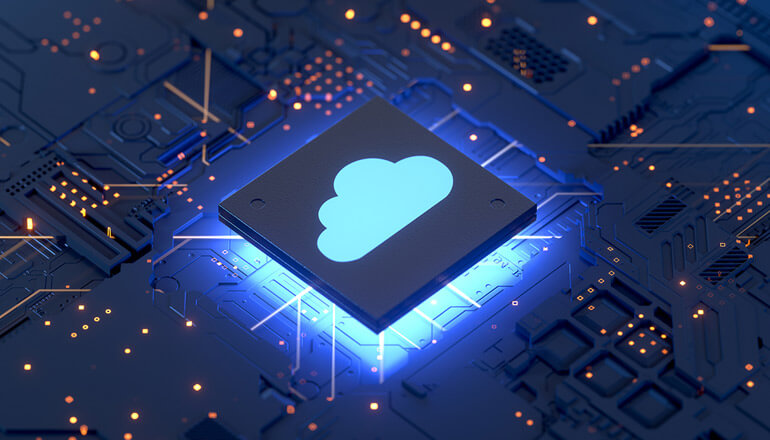To gain a competitive edge, break into new territory or simply keep pace, you need an infrastructure that secures and amplifies the value of the data your enterprise collects. A successful data center migration can empower your company to improve efficiency, productivity and agility.
By moving your workloads to a modernized platform, your organization will be able to:
- Scale and grow efficiently.
- Capitalize on market opportunities.
- Support more business demands.
- Enhance customer relationships.
- Transform your business into a digital-first organization.
But getting there isn’t easy. If you're not sure where to start, here are a few tips to plan a data center migration project.
Is it time for data center migration?
When was the last audit of your organization’s data center performance? You might be surprised by the results.
You may be underusing your infrastructure resources or overspending on a system that isn’t performing to your industry, security and/or compliance standards — or isn’t meeting your business demands. An IDG survey commissioned by Insight revealed many businesses are impeded by their legacy systems.
The report on the survey results, "IT in Transition: How IT Leaders Are Faring," stated 64% of polled IT professionals from large companies see their outdated technology and legacy IT infrastructure as a barrier to IT transformation. In fact, 51% of those businesses stalled or abandoned their transformation efforts as a result of unexpected challenges.
The cost of legacy technology adds up to more than dollars and cents — it involves downtime, slowed productivity and unnecessary stress.
And what about security? How will your business protect aging tools from the growing tide of sophisticated cyberthreats? Verizon's "2018 Data Breach Investigations Report" found that more than 53,000 security incidents and 2,216 data breaches were reported in 2017 alone.1
Cyber vulnerabilities affect the entire organization. Dated systems force your IT team to spend more time protecting aging infrastructure rather than helping the business grow. And, if your systems fall prey to an attack, you’ll face enormous costs, delayed operations and a loss of trust from your customers.
So, is it time for a data center migration?If you’re experiencing or worrying about any of the realities just mentioned, then the answer is yes.
To ensure your company sets itself on the right path to meaningful IT change, you need an understanding of what platforms to move to and how they can impact your organization.
Choosing the right IT infrastructure for your needs
Each data center technology platform has its benefits, and striking the right balance of cost, performance and flexibility is key. Do you migrate completely to the cloud, stay on premises with the latest hyperconverged infrastructure or adopt a hybrid cloud approach?
Choose your solution based on your business’s current and future needs. Depending on your business environment, it might make sense to deploy a cross-platform strategy that pulls from the strengths of multiple infrastructure options.
Here's a breakdown of the data center platforms available to transition to:
- Cloud: Optimize your ecosystem for enhanced performance by migrating to the cloud. A diverse cloud portfolio can help you streamline management and gain interoperability once you match your workloads with the right platform: public, private or hybrid.
- Converged: You can minimize the footprint of your data center by converting to a converged infrastructure. It treats storage, network and computing as a single system, simplifying management. You also have the flexibility to use various components, which takes the complexity out of scaling, repairing and replacing parts of the system.
- Hyperconverged Infrastructure (HCI): This solution is ideal for smaller infrastructure systems with light workloads. An HCI allows you to easily scale and offers immense efficiency with the smallest footprint. The platform integrates multiple components into one unit and comes preconfigured for quick deployment.
- Traditional: Migrating to a modernized, traditional data center enables you to keep sensitive data on premises, providing better control over your assets. Your organization can remain agile too with platforms that can run the latest workloads. And, you can deploy private clouds that are secure, reliable and efficient to suit your requirements.
Working with an experienced partner can help you determine which IT infrastructure best matches your data and workloads — and help you proceed with confidence knowing you're getting all the support your enterprise needs.
A qualified IT service provider can help you develop a strategy and roadmap that minimizes the potential risk of undergoing a major migration. Such a partnership can ensure a smooth transition with no downtime or negative business impact, protecting your data and processes.








